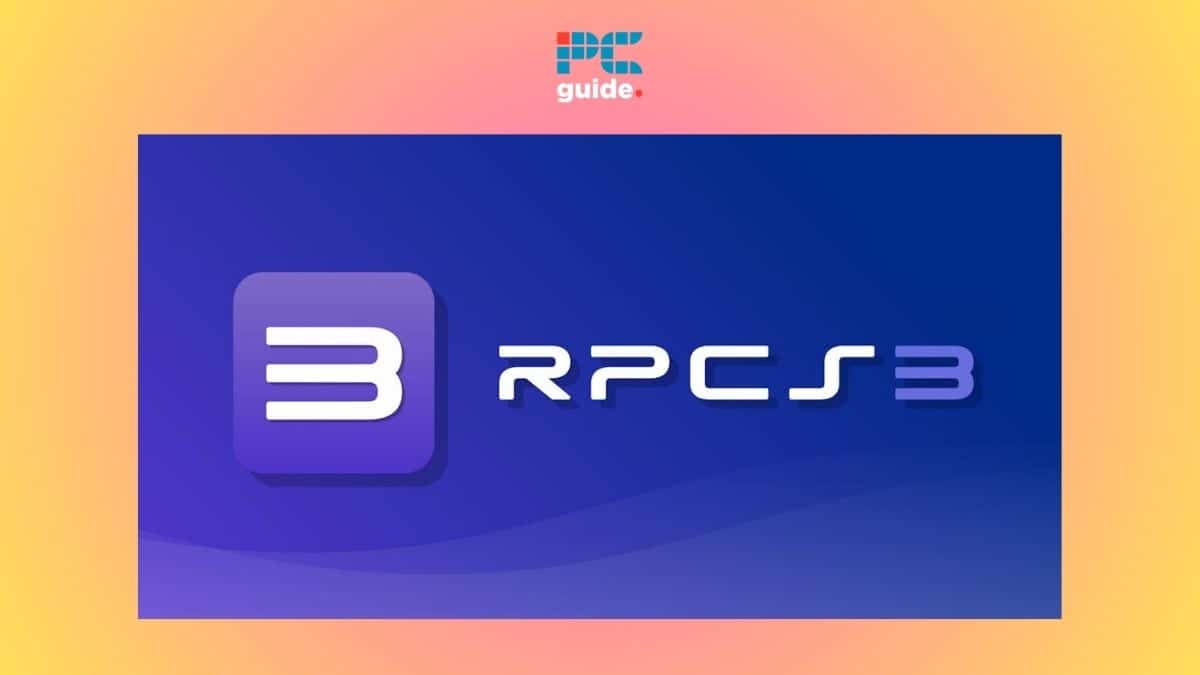RPCS3 minimum and recommended system requirements

Table of Contents
If you want to know whether you can run the RPCS3 on your computer, then we have you covered right here.
For those who don't know, RPCS3 is an open-source PlayStation 3 emulator and debugger. The tool is available on Windows, Linux, macOS and FreeBSD. You can download it from the official RPCS3 website.
Prime Day is finally here! Find all the biggest tech and PC deals below.
- Sapphire 11348-03-20G Pulse AMD Radeon™ RX 9070 XT Was $779 Now $739
- AMD Ryzen 7 7800X3D 8-Core, 16-Thread Desktop Processor Was $449 Now $341
- ASUS RTX™ 5060 OC Edition Graphics Card Was $379 Now $339
- LG 77-Inch Class OLED evo AI 4K C5 Series Smart TV Was $3,696 Now $2,796
- Intel® Core™ i7-14700K New Gaming Desktop Was $320.99 Now $274
- Lexar 2TB NM1090 w/HeatSink SSD PCIe Gen5x4 NVMe M.2 Was $281.97 Now $214.98
- Apple Watch Series 10 GPS + Cellular 42mm case Smartwatch Was $499.99 Now $379.99
- ASUS ROG Strix G16 (2025) 16" FHD, RTX 5060 gaming laptop Was $1,499.99 Now $1,274.99
- Apple iPad mini (A17 Pro): Apple Intelligence Was $499.99 Now $379.99
*Prices and savings subject to change. Click through to get the current prices.
With that said, in this guide, we have outlined the minimum system requirements needed to run the software and recommended system requirements to get the best experience. We have covered Windows PCs, Macs, and handheld devices.
RPCS3 minimum requirements for PC
| OS | Windows 10, Windows 11 Linux 5.4 (Older LTS), Ubuntu 20.04 or later macOS 12.6+, 13.0+, 14.3+ or later FreeBSD 12.4 or later |
| CPU | Any AMD and Intel x64 CPU |
| GPU | AMD or NVIDIA GPU compatible with OpenGL 4.3 or newer |
| RAM | 4GB or more |
| Storage | 512 MB for base emulator data, 5 GB for virtual console dev_hdd1 cache128 MB for emulator cache and console user data per installed game |
As you can observe, the PS3 emulator can run on any system that has an AMD or Intel x64 chip. The emulator will not deliver a smooth performance if you use CPUs with less than 4 cores. Further, you can use AMD or NVIDIA GPU compatible with OpenGL 4.3 or newer graphics card to offload some of the tasks from the CPU. For storage, you can use SSD or HDD for software data and games.
RPCS3 recommended requirements for PC
| OS | Windows 10 22H2 or later, Windows 11 22H2 or later Linux 6.5 (Latest), 6.1 (LTS) or later macOS 12.6+, 13.0+, 14.3+ or later FreeBSD 13.2 or later |
| CPU | AMD – 6 cores and 12 threads or more Intel – 6 cores and 12 threads, 8 cores or more |
| GPU | AMD or NVIDIA Vulkan compatible with active driver support |
| RAM | 8GB dual-channel RAM or more |
| Storage | 512 MB for base emulator data, 5 GB for virtual console dev_hdd1 cache128 MB for emulator cache and console user data per installed game |
If you want the best possible performance, then you need to switch to the latest version of your OS. Then, your CPU needs to have 6 or 8 cores (the more, the better).
Further, the recommended GPUs are AMD chips with Polaris architecture, which you will find in the RX 400 series or newer GPUs. In the case of NVIDIA, the Maxwell architecture is recommended for GTX 900 series or newer GPUs. The graphic card needs to be compatible with Vulkan.
Then, your system needs to have at least 8GB RAM with dual channels. For storage, it is recommended that you have SSD for emulator data and SSD or HDD for games.
RPCS3 Recommended requirements for Mac
As per RPCS3's official website, the software can run on Apple Silicon as well as Intel x64-based computers. However, the actual user experience will vary depending on the computer you're using.
To make the most out of RPCS3 on your Mac, your device should meet this criteria –
- Mac should have 8-cores or more
- Needs to have at least 16GB of RAM or more
- Needs to have a Radeon dGPU with 2GB VRAM or more
- Vulkan compatibility (which is mostly Intel CPU Macs)
A few examples would include MacBook Pro with M1 or M2 chips, iMac with M1, iMac Pro with Intel Xeon 8-core, Mac Studio with M1 or M2 chips, and Mac Mini with M1 or M2 chips.
RPCS3 Recommended requirements for handheld devices
The PS3 emulator can also run on handheld devices like Lenovo Legion GO and Asus ROG Ally.
To run RPCS3 on handheld devices, ensure that your device meets the following criteria –
- At least 8-cores and 16-threads (preferably, AMD Zen 4 architecture)
- 16GB RAM or more
- APU/SOC GPU with Vulkan compatibility
Does RPCS3 use graphics card?
Yes, RPCS3 can implement the Vulkan graphics API directly and leverage the GPU for specific tasks, which lessens the CPU workload. This offloading improves emulation performance and compatibility. By exploiting the capabilities of modern graphics cards, RPCS3 achieves smoother gameplay and faster emulation speeds.
Conclusion
To sum up, if you have an entry-level gaming PC with a compatible CPU and GPU with 8GB RAM and sufficient SSD storage, you should be able to run RPCS3. If you think your system is not that powerful, you can refer to the minimum system requirements and run a quick check.

